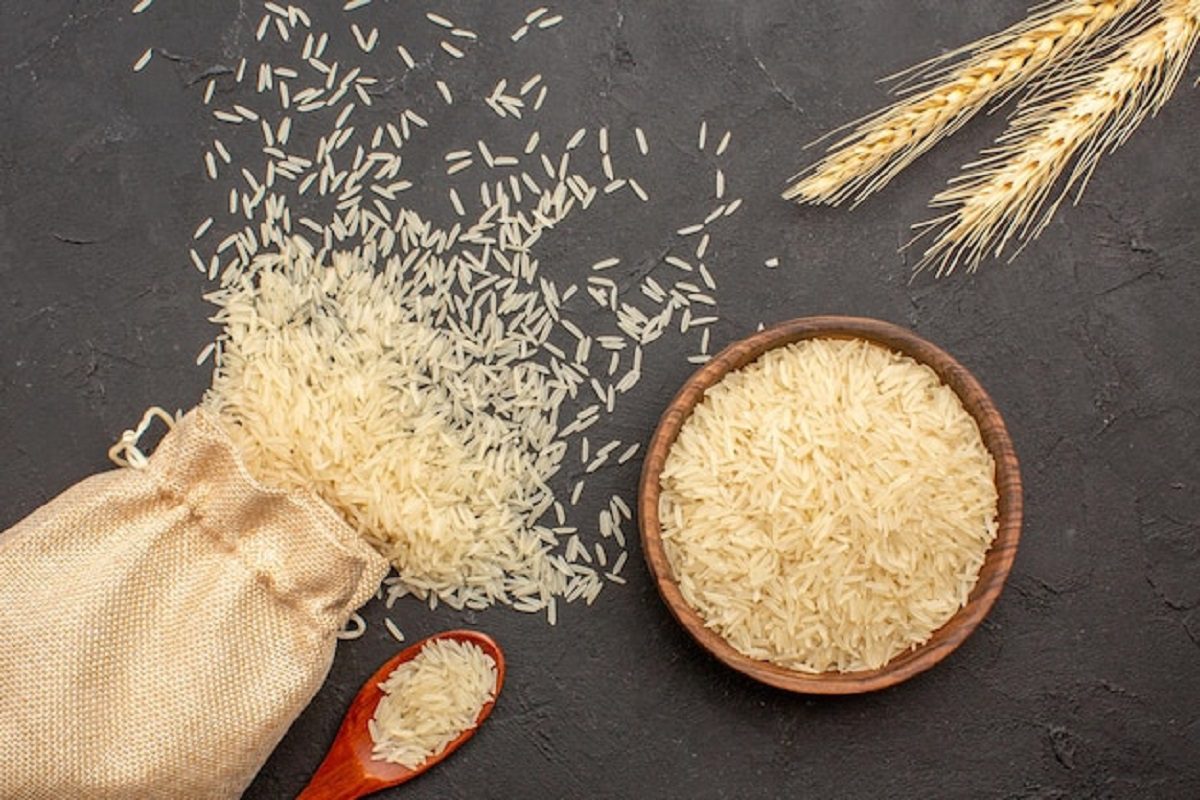The Open Magazine
Delicious Keto Recipes for a healthy lifestyle
Different Types of Basmati Rice. Get to know all the different types of Basmati Rice & learn how to cook them perfectly with this comprehensive guide! Basmati Rice is one of the world’s most beloved and versatile rice, with unique and delicious flavours. From the traditional varieties to more innovative creations, learn about all the different types and how to cook them perfectly with this comprehensive guide!
What is Basmati Rice?
Basmati Rice is long-grain rice indigenous to the Indian subcontinent. It is known for its nutty aroma, delicate texture, and subtle flavour. When cooked properly, it has a light fluffiness that can enhance many traditional Indian dishes. There are different varieties of this popular rice & each has its unique characteristics. Understanding the various types of Basmati Rice can help make your next cooking experience successful.
Types of Basmati Rice:
1 Basmati Rice comes in several varieties, each with its distinct characteristics. Common types include traditional Basmati Rice, brown Basmati Rice, and extra-long grain Basmati Rice.
2 Traditional Basmati Rice is long-grain with a fragrant aroma and slimmer kernels than other varieties.
3 Brown Basmati has all the nutritional benefits of regular white rice with an added nutty flavour and chewy texture.
4 Extra-long grain Basmati offers a firmer texture and less sticky, fluffier quality compared to standard types.
5 Each variety of Basmati Rice is suitable for a different range of dishes.
6 Traditional Basmati Rice works well in Indian-style dishes such as biryani, while brown Basmati is ideal for pilafs and salads.
7 Extra-long grain Basmati adds bulk to recipes without the need for extra water or cooking time, making it perfect for everyday meals like soups, stir-fries, and casseroles. With its distinctive flavour, fluffy texture, and various uses, Basmati Rice can be a delicious addition to your culinary repertoire.
8 When shopping for Basmati Rice, It is important to note that some varieties can take significantly longer to cook than traditional white rice.
9 It is also very important to check the packaging for instructions on rinsing your Basmati Rice before cooking and the correct amount of water you should use to get the desired result.
10 Finally, when purchasing pre-cooked Basmati Rice, make sure that you check for any signs of spoilage before adding it to your dish. With proper planning & technique, you can enjoy delicious and flavourful dishes with any Basmati Rice!
How to Cook Basmati Rice:
To get the most out of Basmati Rice. It is most important to know how to cook it.
Generally, Basmati Rice” should be cooked with 2, Parts water for every 1 part rice.
Have a pot of boiling water ready and add your rice – depending on the quantity and variety, the cooking time will vary between 10-20 minutes.
Strain the cooked rice in a sieve before using it & fluff gently with a fork before serving!
Benefits of Eating Basmati Rice:
Not only is Basmati Rice a delicious and versatile ingredient in many dishes, It is also full of health benefits.
Its low glycaemic index makes it a healthier choice for those who are monitoring their blood sugar, as Basmati Rice breaks down slowly & steadily releasing glucose into the body.
It is also rich in fibre which helps with digestion, improves heart health, & helps to decrease cholesterol levels.
Lastly, its high magnesium content supports bone health’ as well as helps to reduce migraine frequency!
Tips for Cooking the Perfect Plate of Basmati Rice:
Cooking Basmati Rice correctly is the key to getting the most out of its delicious flavour and health benefits.
To cook the perfect plate of Basmati rice, Make sure to rinse it several times before soaking it for 30 minutes in cold water.
This will help reduce the starch content, giving you firmer and fluffier grains when cooked. Additionally, Be sure to use a 1:2 ratio of rice to boiling water as a good pinch of salt.
Once your oven’ is up to pressure, turn the heat down and cover your pot – cooking on low heat for 12 to 15 minutes should do the trick!
